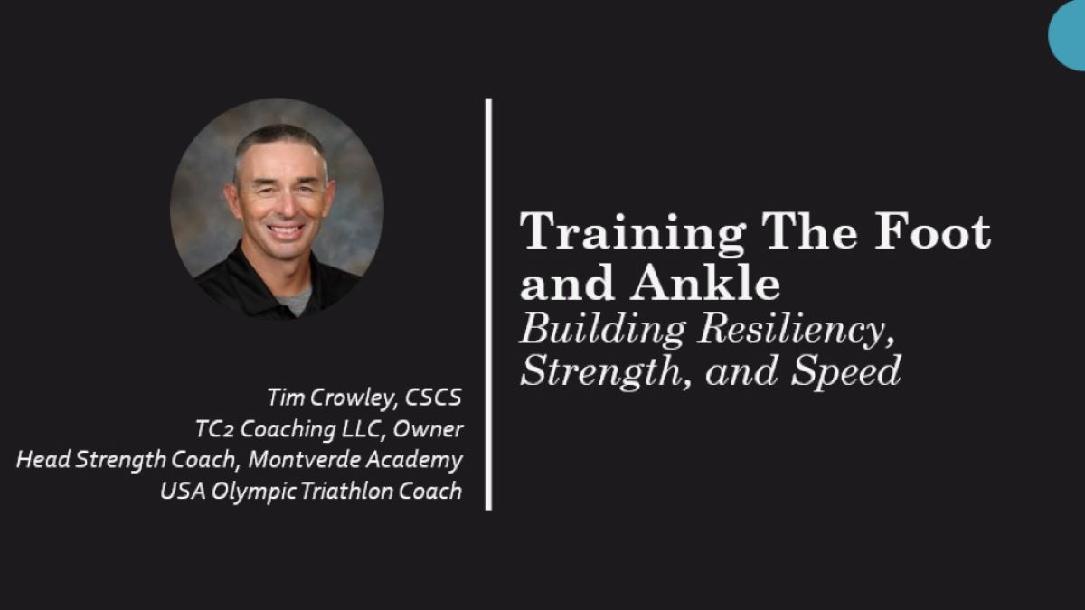Developing elasticity falls into the Goldilocks zone. If we don’t train it enough, we will lose it, slow down and increase stress loads with each stride. If we train it too much or do not allow enough time for recovery, we will open ourselves up to overuse injuries. When we run, every foot strike generates a force of 3 to 8 times our body weight. Impact forces are highest in runners who hit the ground with a mid-foot strike. As mentioned earlier running more than 35 – 40 miles per week is a proven predictor of running-related injuries.
It is important to find the balance between flexibility and elasticity. It has been shown that too much stretching can reduce elasticity, which decreases the spring in your run stride and requires more muscular force which can lead to overuse injuries. Not enough flexibility can lead to calf /fascial strains.
By including a systematic approach of jumping, hopping, and bounding, along with hill sprints, we can develop strong elastic lower legs that will help us stay healthy and maximize performance.
Low-intensity elastic exercises which do not create high levels of stress are a good place to begin. This can include rope skipping, marching/impulse-type exercises, and uphill lunge walking.
Medium-impact elastic exercises would include skipping, hill bounding, and sled pulling or pushing.
High-level elastic exercises would involve sprinting, uphill sprinting single-leg explosive hops, and sled sprinting.
The next several lessons will be explained and outlined in the videos so that you have a better understanding of how to execute these exercises properly and how to put them into your workout program for seamless integration.
1
2
3
4
5
6
7
8
9
10
11
12
13
14
15
16
17
18
19
20
Lesson 21:
Elasticity
22
23
24
25
26
27
28
29
30
31
32

Training The Foot and Ankle is a culmination of several years of research, training and implementation. As an athlete and strength coach, I have combined all that I have learned into a comprehensive program that is designed to reduce injuries and improve performance. Foot and Ankle Training is almost non existant in strength and conditioning programs, and is often not addressed until after an i...
